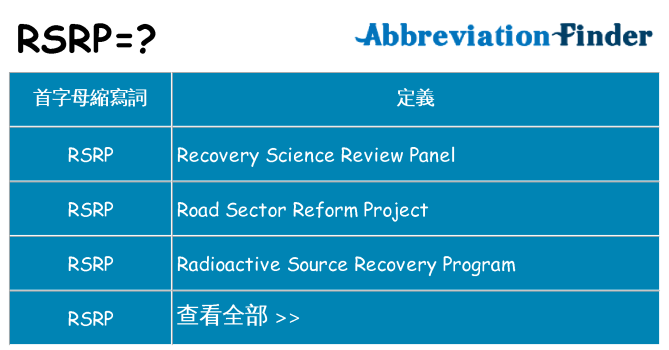

However, such lower bands can exhibit higher interference because of the wider coverage and longer wavelengths. For example, a low frequency band such as LTE/NR band 71 can help operators achieve wider coverage (because of lower pathloss exhibited by lower frequency signals). Additionally, different LTE/NR bands could exhibit different levels of interference.

Interference is often worse at the cell-edge.

There are different types of interference sources (and different naming) including: self-interference, multiple-access interference, inter-cell interference, intra-cell interference, co-channel interference (CCI), adjacent channel interference (ACI), etc. Signal quality is primarily affected by interference. While most users of cellular devices understand that “signal strength” is important for good cellular signal reception, most folks do not realize that “signal quality” is by far a more determinant of the performance of 4G LTE and 5G NR cellular devices.


 0 kommentar(er)
0 kommentar(er)
